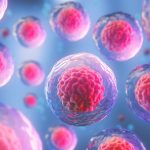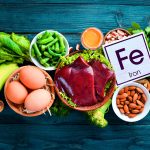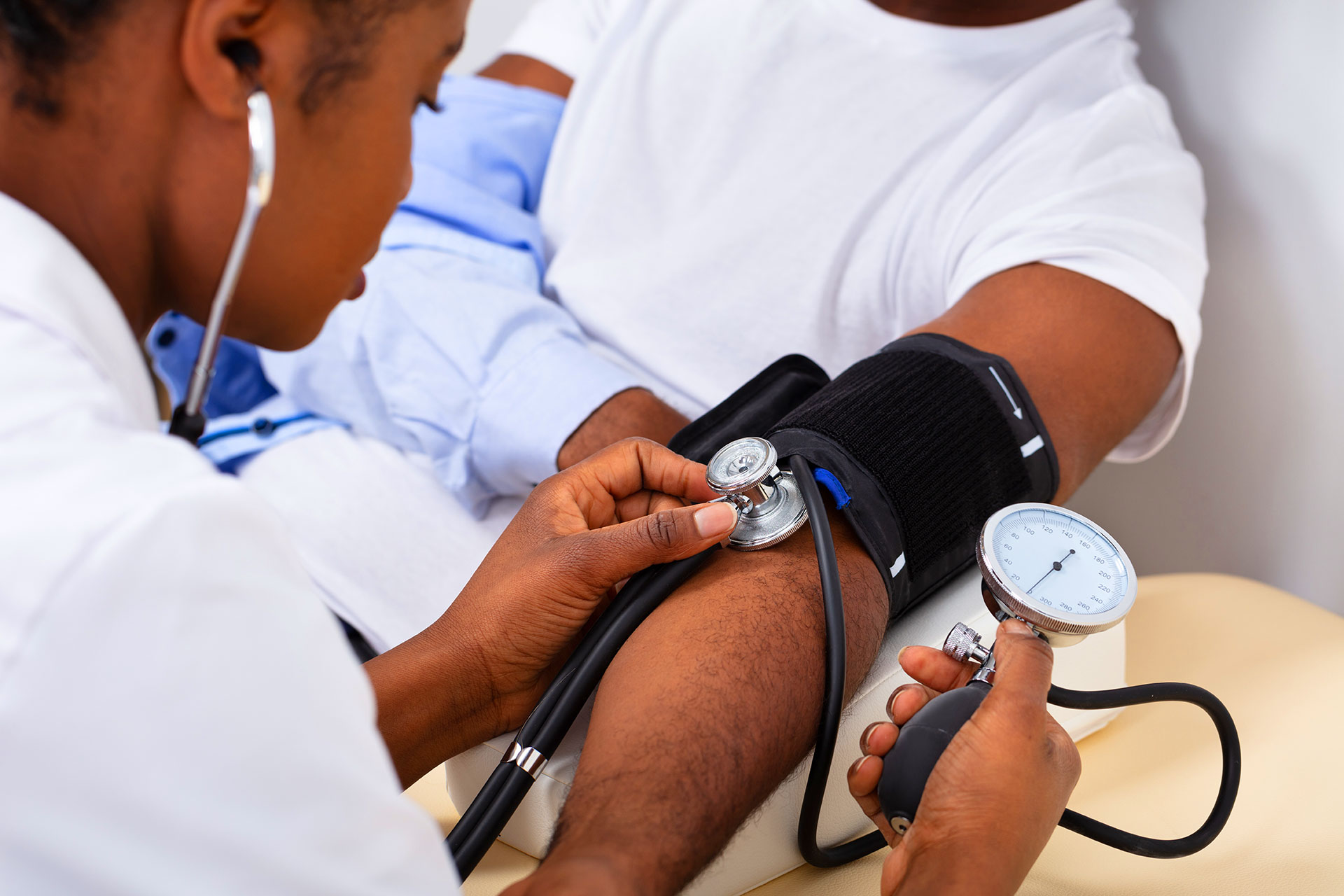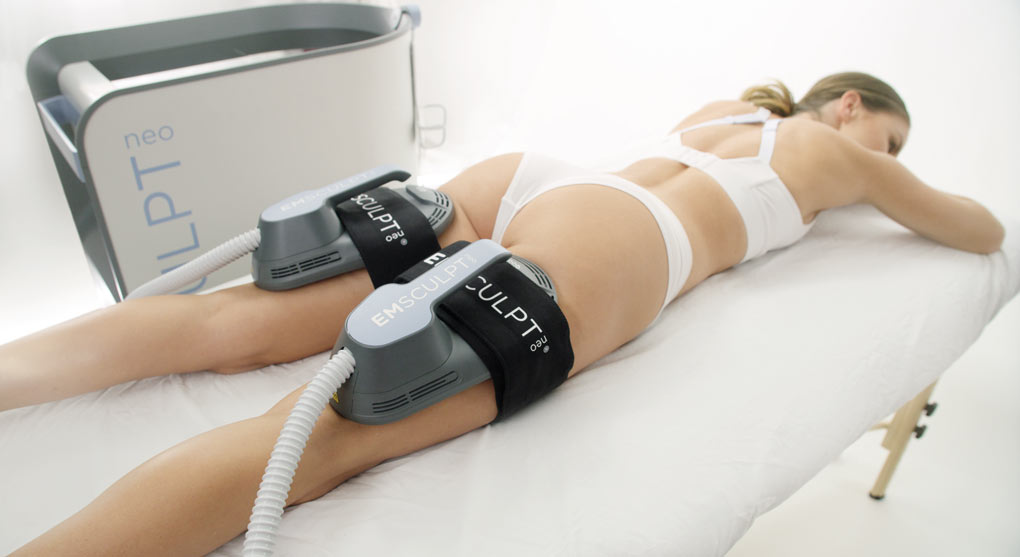Imagine regaining the strength and recovery power of your youth, even as you age. A groundbreaking study published in Cell Stem Cell has brought us a significant step closer to this exciting possibility. Researchers have discovered that prostaglandin E2 (PGE2), a molecule naturally found in our bodies, can reverse the dysfunction of aged muscle stem …
Imagine regaining the strength and recovery power of your youth, even as you age. A groundbreaking study published in Cell Stem Cell has brought us a significant step closer to this exciting possibility. Researchers have discovered that prostaglandin E2 (PGE2), a molecule naturally found in our bodies, can reverse the dysfunction of aged muscle stem cells, leading to increased muscle regeneration and strength.
The Challenge of Aging Muscles
As we get older, our bodies experience a decline in many functions, and our muscles are no exception. We tend to lose muscle mass and strength, and our ability to recover from injury or exercise slows down significantly. A major reason for this decline lies in our muscle stem cells (MuSCs). These remarkable cells are responsible for repairing damaged muscle tissue and building new muscle fibers. However, with age, MuSCs accumulate damage and become less efficient, leading to a reduced capacity for muscle regeneration.
Aged MuSCs often become “stuck” in a dysfunctional state. They might commit to becoming specialized muscle cells too early, or they might experience something called “mitotic catastrophe,” where they fail to divide properly, leading to their demise. This means fewer healthy stem cells are available to repair and rebuild muscle when needed.
The Discovery: PGE2 to the Rescue!
The research team delved deep into the molecular changes occurring in aged MuSCs. They discovered that these older stem cells have a blunted response to prostaglandin E2 (PGE2). Think of PGE2 as a vital signal that tells muscle stem cells to get to work. Aged MuSCs have fewer receptors (called EP4) for PGE2, and a crucial protein involved in their response (phosphorylated CREB) is also decreased. This makes them less responsive to the signals that promote healthy regeneration.
But here’s the exciting part: when researchers treated these aged, dysfunctional MuSCs with PGE2, they observed remarkable changes. PGE2 managed to reverse the epigenetic and transcriptional changes that accumulate in aged cells. In simpler terms, it altered how their genes were expressed and how their DNA was organized, effectively “rejuvenating” them at a fundamental level. This led to:
- Increased viability: The cells lived longer and healthier.
- Triggered cell cycle re-entry: The cells started dividing and multiplying again, crucial for repair.
- Overcoming dysfunctional fate: The cells were no longer stuck in their unhealthy trajectory.
Unlocking the Genetic Code with AI
To understand exactly how PGE2 achieved this cellular rejuvenation, the scientists used advanced techniques, including multiomic profiling (looking at various biological molecules like DNA, RNA, and proteins) and neural network models (a form of AI). This allowed them to identify the complex “grammar” or rules by which certain transcription factors (proteins that control gene activity) were acting.
They found that after PGE2 treatment, there was increased binding of transcription factors at specific DNA sites (with CRE and E-box motifs) that promote muscle stem cell activity. At the same time, there was a reduction in binding at other sites (with AP1 motifs) that tend to inhibit their function in aged cells. This detailed molecular understanding helps us see precisely how PGE2 “reprograms” the aged muscle stem cells.
Real-World Regeneration and Strength
The most compelling findings came when the researchers tested PGE2’s effects in living organisms. They found that even short-term exposure of aged MuSCs to PGE2 augmented their long-term regenerative capacity when transplanted into muscles.
Even more strikingly, directly injecting PGE2 into the muscles of older mice after injury (either from a toxin or exercise) had a dramatic effect. It overcame the aged environment in the muscle, significantly enhancing the regenerative function of the body’s own resident muscle stem cells. The ultimate result? A remarkable increase in muscle strength.
The Future of Muscle Rejuvenation
This research represents a significant leap forward in understanding and potentially reversing age-related muscle decline. While these findings are currently from preclinical studies, they open up exciting possibilities for future therapies. Imagine a future where a targeted treatment could help older adults maintain their strength, recover faster from injuries, and enjoy a higher quality of life.
This discovery underscores the power of understanding fundamental biological processes to unlock new ways to combat the effects of aging. We’re still a long way from human trials, but the potential for PGE2 to become a key player in promoting muscle health and vitality as we age is truly promising.
What are your thoughts on this exciting research?
Multiomic profiling reveals that prostaglandin E2 reverses aged muscle stem cell dysfunction, leading to increased regeneration and strength
Wang, Yu Xin et al.
Cell Stem Cell, Volume 32, Issue 7, 1154 – 1169.e9








